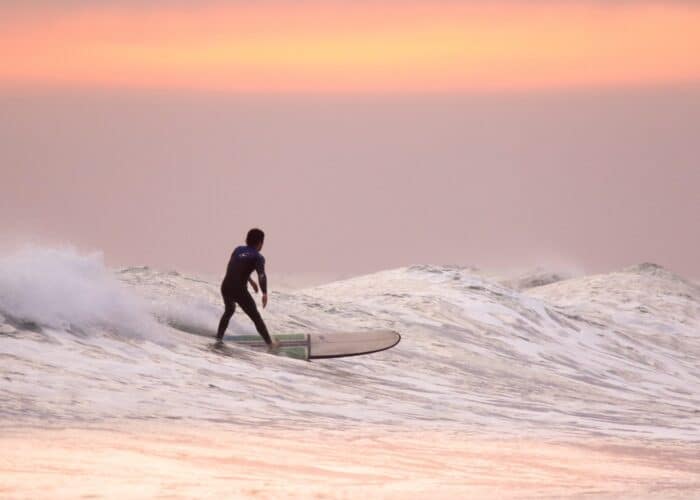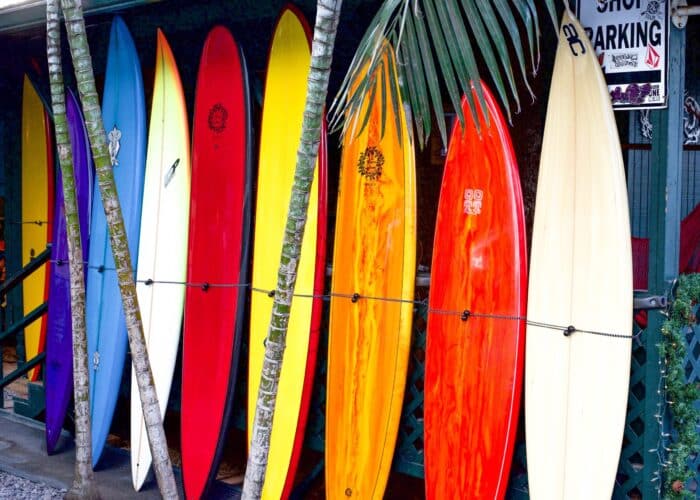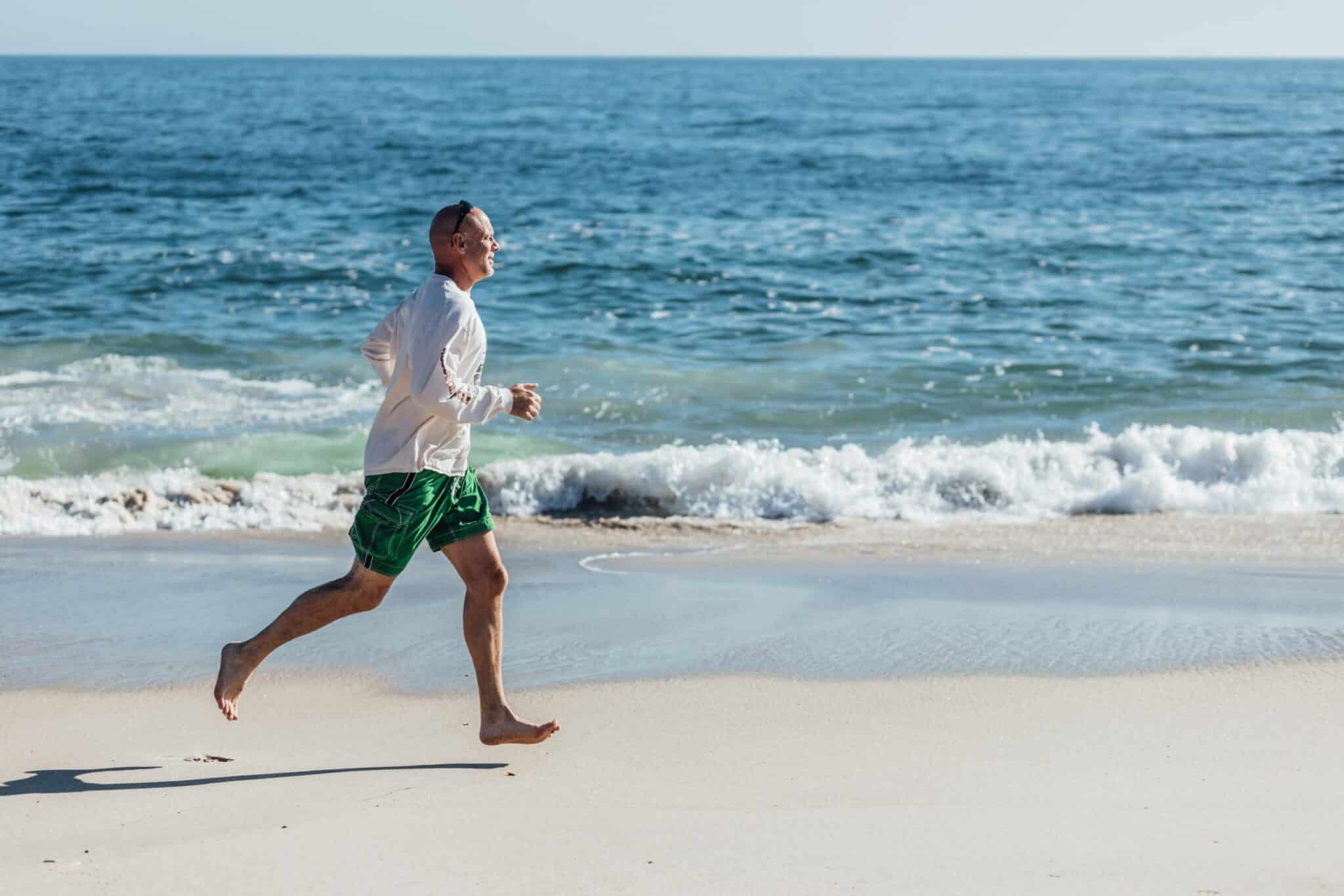
Surf
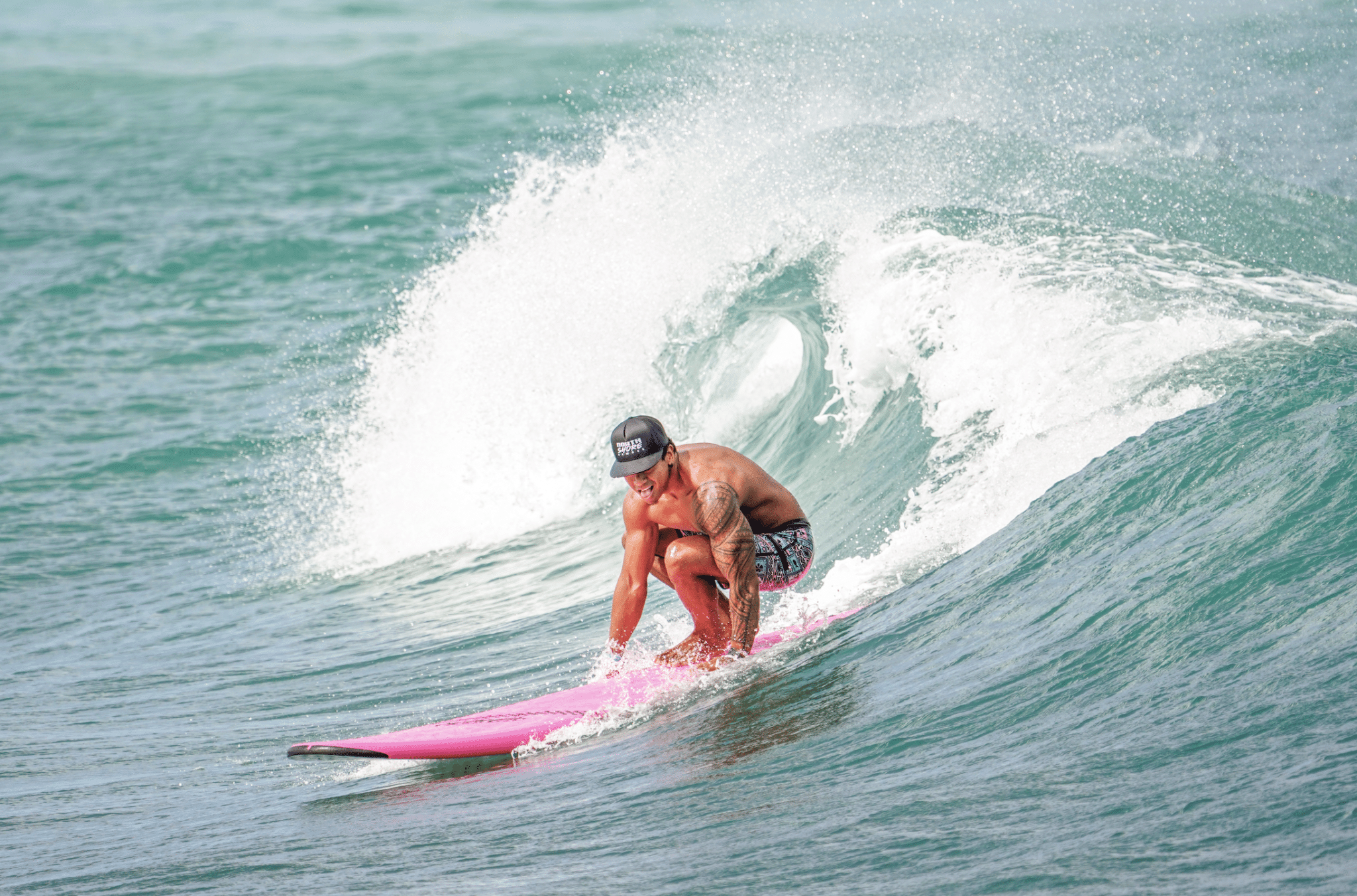
The best training for every aspect of surfing, including paddle strength, is surfing. Even if it’s small, grab your favorite groveller, soft top, or longboard and paddle out. Surfing frequently will help build and maintain the small muscles in your back and shoulders that are engaged when paddling.
Swim or paddle
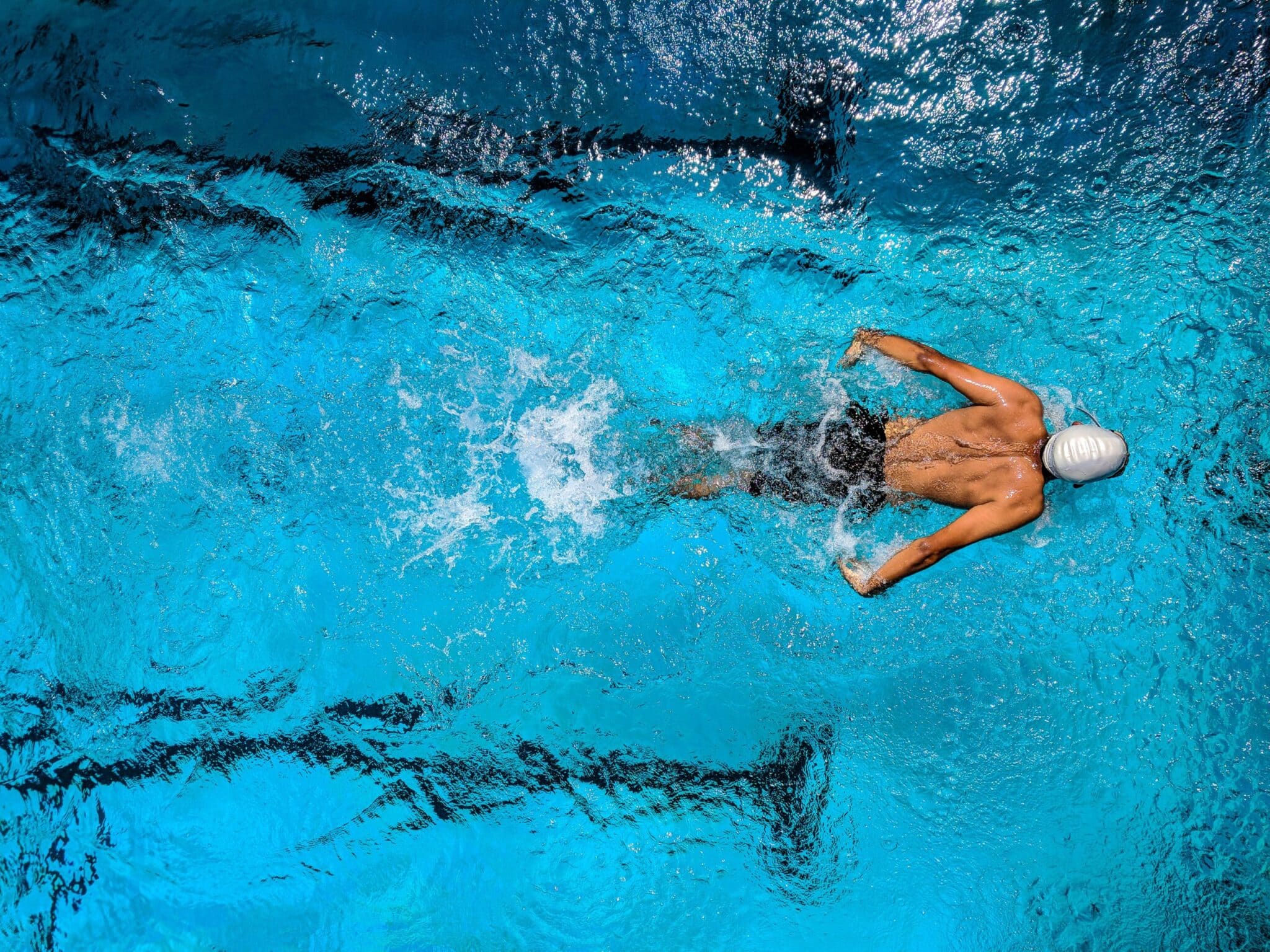
If you can’t surf, the next best thing is to get in the water and swim or paddle on a prone paddleboard. The small muscles in your back and shoulders that you use to paddle don’t require heavy weights to build. When training for surfing, you’re not training strength necessarily. The focus of your training should be on muscle endurance. Your shoulders and back won’t ever have to perform short movements with heavy loads in the water, but they will have to work for long periods under constant strain. Mimicking the movements, resistance, and time under strain is vital to staying surf fit.
Lift
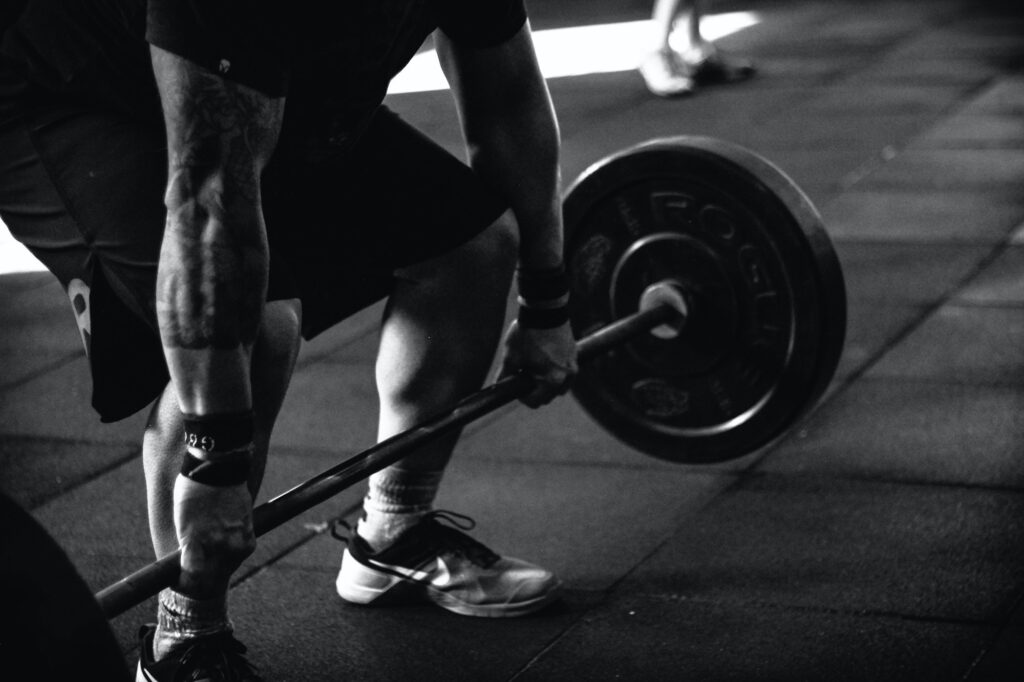
Lifting weights is a great way to maintain strength and muscle endurance when you’re out of the water. When you lift for surfing, don’t focus on building size and strength. Instead, focus on building muscle endurance in your shoulders and back using lighter weights. Presses, rows, and weighted pull-ups will help you strengthen your back and shoulders in a functional way for surfing.
Calisthenics
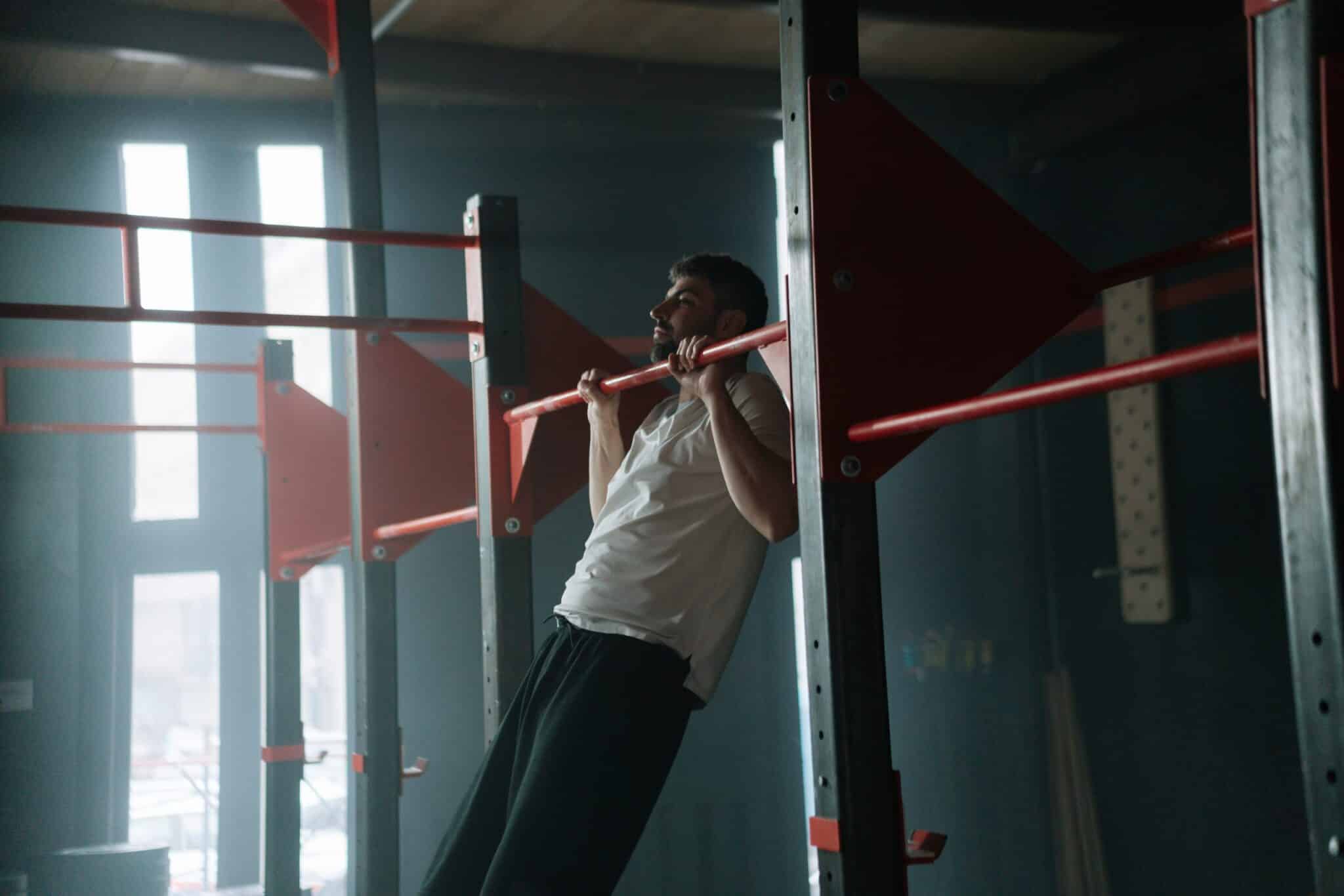
Calisthenics should be part of your surf fitness routine and can be incorporated easily with weight training in High-Intensity Intervals or circuits. Focus on pushing and pulling bodyweight movements like pull-ups, push-ups, and handstand push-ups.
Flexibility and motility
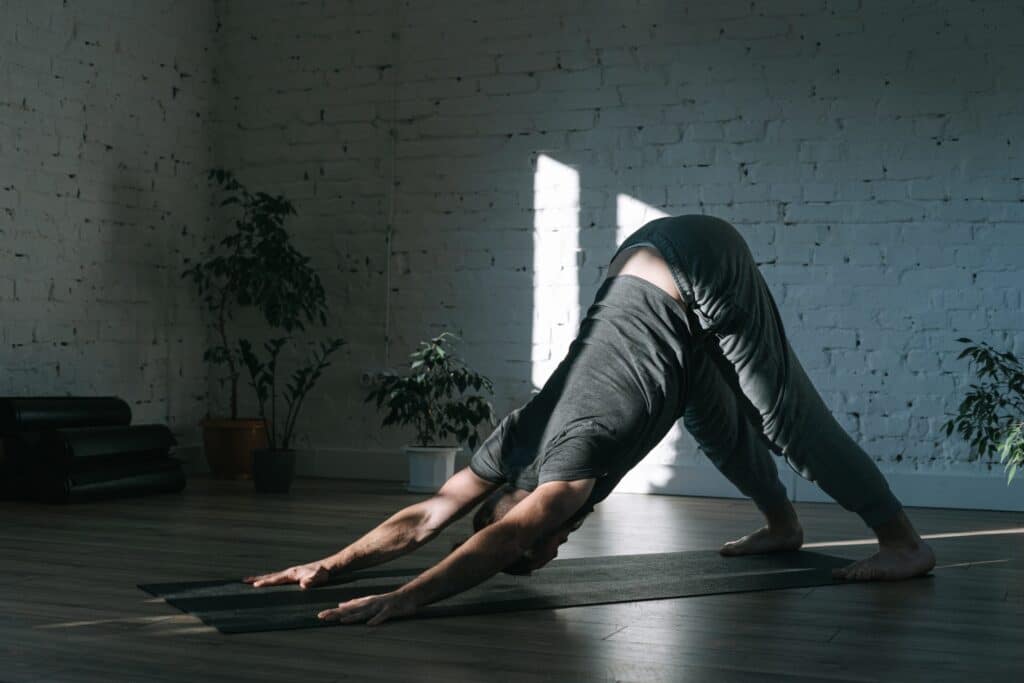
Flexibility is key to injury prevention and should be added to everyone’s fitness routine, regardless of if they are surfers or not. Surfing is an asymmetrical activity. We stand facing one direction on the board and move our bodies asymmetrically as we ride. The asymmetry in surfing can lead to muscular imbalances that cause injury. Flexibility and mobility training are necessary to prevent injury and ensure longevity. Yoga is a great way for surfers to correct muscular imbalances. In surfing, we’re constantly in closed, hunched-over positions, whether we’re riding, paddling, or sitting in the lineup. Yoga helps open our hips and shoulders to improve flexibility, treat aches and pains, and increase strength and mobility.
Total Body Fitness
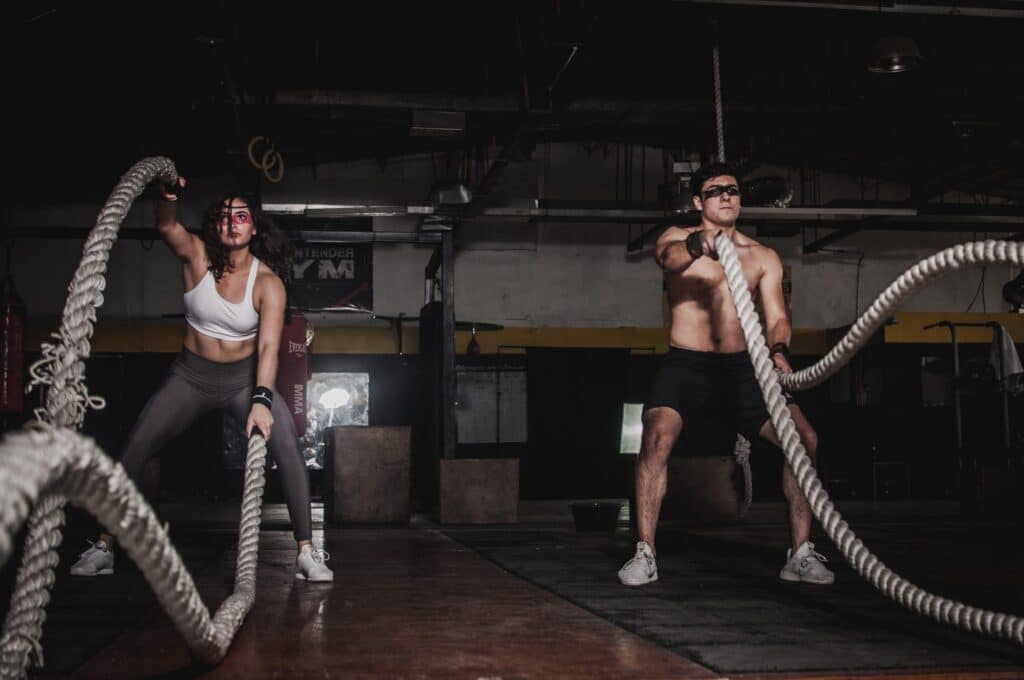
Surfing is a full-body activity. Surfing may seem paddle-heavy, but once you’re up and riding, you’re recruiting muscles in your legs and core to pump and turn. To stay surf fit, train your entire body with functional compound movements. Whether you’re training with weights or your body weight, focus on explosive, compound movements that translate to how you move in your everyday life and in the water.
Cardio
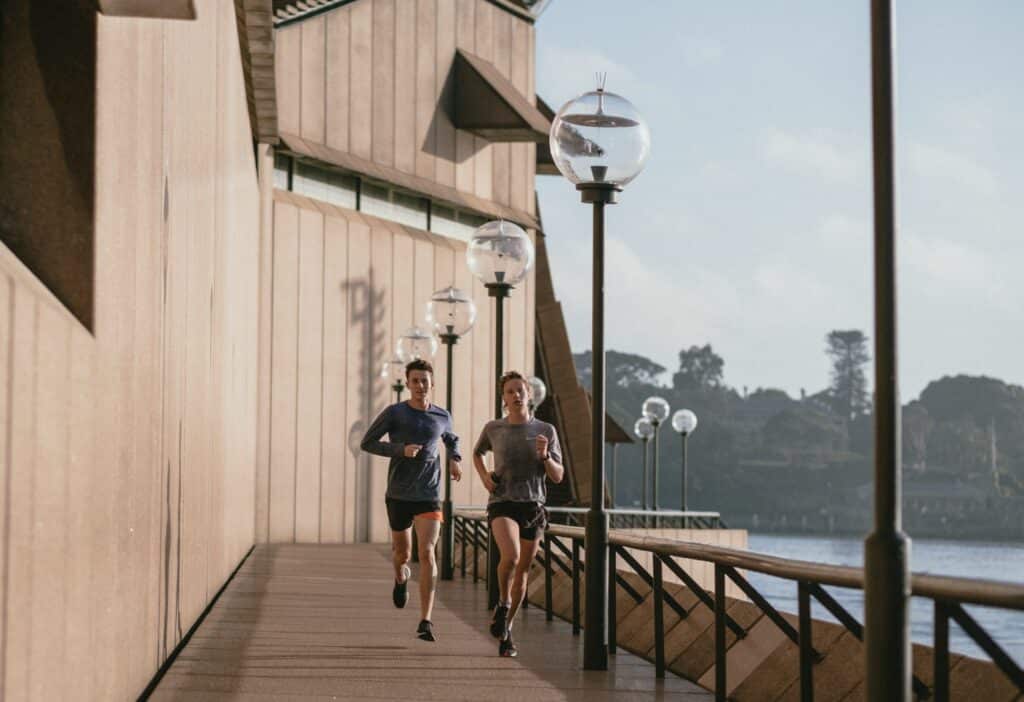
Cardio is an essential part of surf fitness. If your heart and lungs aren’t fit, you’ll barely be able to make it out to the lineup. To increase your time in the water and your ability to catch waves, focus on your cardiovascular fitness. Running, swimming, and cycling are all great ways to train cardio. High-Intensity Interval training is also an effective method for getting your cardio in when time is short.
As we said above, the best way to stay surf fit is to surf. If you’re on the North Shore looking for surf guiding or surf lessons, book your surf experience here. Plan your trip to Oahu and book your stay at Turtle Bay to be close to the action on the North Shore.

